In Cagliari, Sardinia, the fishing village of Giorgino has been living for 50 years in a situation of isolation and social exclusion, without essential services and with limited access to the social, political and cultural city life. "NONTOURISM/GIORGINO - Unpublished detours told by the inhabitants" is a project created to counter the marginalization, acting on the empowerment of the inhabitants in terms of self-awareness and self-narration. Participatory storytelling as a tool for social claim
Many cities have made a political and business choice: to focus heavily on the tourism economy. Consequently, many urban districts have been undergoing a significant modification in terms of spaces and relationships. This can be framed in a gentrification process that commodified the history of cities. The community of the fishing village of Giorgino, the smallest of the three seaside districts of Cagliari, once a favorite seaside destination and now reduced to the infrastructure area of the industrial pole connected to the port, is well aware of this. Over the last 50 years, the choices of city administrations have reduced the area to a state of isolation and marginalization. The project "NONTOURISM/GIORGINO - Unpublished detours told by the inhabitants" wanted to contrast the advanced level of marginalization of this area by acting on the empowerment of the community in terms of self-awareness and self-narration. Using the potential of participatory storytelling as an active tool to fight isolation, it triggered processes of participatory democracy and practices of social and political claim. The heart of the project is a permanent laboratory called "community editorial board", in which we have collaborated for three years with inhabitants, experts and artists. Together we have created a choral narrative, starting from the study of “genius loci”, then identifying the emergencies that create marginality and studying consequent visions for a possible future. The project ended with the publication in May 2021 of a digital library, a podcast channel and a participatory book which proposed some cultural itineraries linked to the area. The book is structured as an interactive urban game and was created with the aim of stimulating the connection and dialogue between the small district and the rest of the city. The 4 thematic itineraries contained in the book are also accessible in AR thanks to the location of special QR Codes in some strategic points of the district.
Please highlight how the project can be exemplary in this context
Primarily, we focused on social sustainability: we wanted to create a context in which the local community became aware of its specificities and could, consequently, through the new narrative skills acquired, act one's own story, break the isolation and reactivate the dialogue with the rest of the city by building bridges and links with sensitive actors present in the territory. We have generated processes of social cohesion, so that each individual could participate and act in identifying a community identity and creating a better society. In this community that lives mostly on fishing, we have also tried to grow the collective economy with circular economy actions that could trigger changes to the system. We have generated a local support network composed of commercial activities that could support the project and also benefit from it. Thanks to this network, we made sure that the fish could be sold to local catering businesses. This "from farm to fork" strategy seeks to help fishers to strengthen their position in the supply chain. Eventually, we wanted to give priority to environmental sustainability by making some of the objectives of the Green New Deal our own, especially by reducing pollution and environmental impact. This led us to the use of the three Rs approach: Reduce, Reuse, Recycle. During the project, we used only recycled, biodegradable and plastic-free materials. All the people involved were encouraged to adopt responsible behaviors to reduce the environmental impact in their daily life: for example, we raised the awareness of the fishers of the district towards the separation of waste collection, with a specific focus on plastics from the sea. We, therefore, made an agreement with the Municipality to bring the separate waste collection also to Giorgino, the only district where it had not yet been introduced. The CO2 emissions generated by the activities were also calculated and we intervened with guerrilla gardening actions in partial compensation.
Please highlight how the project can be exemplary in this context
In this community, beauty and aesthetics have always maintained a strong relevance, and the inhabitants of Giorgino themselves have counteracted the environmental degradation and neglect in which the Municipality has condemned the area. Thanks to the neighborhood committee, many initiatives have been activated: waste collection, creation of play areas for children, creation of green areas with benches. In the three years of the project, we have redefined together conventional narratives on culture, beauty and living, focusing less on consumption and more on experience, learning and participation. To achieve this, we opened a participatory process in which citizens could say what they consider beautiful and how they would like to embellish their homes and their neighborhood. We agreed that aesthetics are as integral to our society as the economy and that aspiring to beauty, and not just to economic growth, should be seen as a legitimate goal for a community. Indeed, the two factors often go hand in hand, producing long-lasting effects and many material outputs.
Furthermore, since the project wanted to focus on the transformation of the cultural and territorial heritage into a real autonomous and sustainable propulsion engine, the aesthetics and quality of the experience played a fundamental role in the creative process. Many interventions carried out during the three years of the project in the village (murals, land art and street art, gardening) were made in agreement with the inhabitants who made their private assets available for the project (houses, courtyards, etc.). All the project outputs (digital library, podcast channel and the book nontourism/giorgino) have an intrinsic aesthetic, cultural and artistic value and have enriched the territory with works, devices and permanent artistic installations: QR code created in mosaic tiles by the children, murals, small sculptures and installations of various kinds related to land art and street art, trees and plants.
Please highlight how the project can be exemplary in this context
Giorgino's community has been living in a situation of marginalization, isolation and social exclusion resulting from the lack of essential services and limited access to the social, political and cultural life of the city, with a consequent impoverishment of the relational aspect. By way of example, years ago the pedestrian and cycle bridge to and from the city was definitely closed, generating problems for all the resident population. The project aims to ensure that the inhabitants of this area have equal opportunities and dignity with their fellow citizens living in more central areas. We therefore decided to work on belonging and community identity by creating a series of meetings that fostered social dialogue. It was important to have inclusive public meetings in which everyone could share memories, thoughts and ideas and plan for the future. It wasn't easy at first. We soon realized that a standard approach could not be applied and that it was necessary to move with care. We started again, sitting for days in the square, waiting, until someone came to chat and so the project started. Resident citizens, young people, NEETs and professionals have freely joined the realization of the workshops, in full compliance with equal opportunities and accessibility. The project managed to reactivate intergenerational exchange and the shared construction of identity and sociality with a view to professionalization and inclusiveness. The area has been revitalized both by stimulating interactive dialogue with the rest of the city and by encouraging the influx of new energies. Even the site-specific urban game is the result of a process of involvement, inclusion and co-design: it was the inhabitants of Giorgino who made us understand that the playful dimension was in a sense their own way of being in the world. The game has always been their social bond, but also the strategy of territorial reclamation and re-appropriation that they have chosen to counter the marginalization.
Please highlight how this approach can be exemplary
Aesthetics, inclusion and sustainability are perfectly combined in the project processes and in the three main project outputs (digital library, podcast channel and the book NONTOURISM/GIORGINO).
The starting idea was in fact to create a sustainable local development project for a highly marginalized area through innovative cultural processes for urban and community regeneration that culminate in a series of outputs partly predetermined and partly defined together with the inhabitants. We wanted it to be focused on the use of bottom-up methodologies and on the active participation of the local community and of young talents. The project also had to be able to promote the economic and cultural revitalization of this territory, in difficulty and at risk of depopulation, and create opportunities for job placement and professionalization for young artists and NEETs in the area. The "community editorial board" confirmed being the fundamental tool with which to build the best storytelling for the community, now able to represent itself in the best way, both internally and externally. Was a permanent workshop, where inhabitants, together with artists and experts, worked to exploit those elements of uniqueness characteristic of their community, with an inclusive and sustainable approach and with a marked propensity for a pleasant aesthetic result. The material results of this path could only be aesthetically appealing: it was in fact absolutely necessary for these tools to act as attractors for new potential stakeholders. The contents of the digital library, the stories of the podcast channel and the printed volume are original, curious and innovative and, at the same time, they are also poetic and delicate as they tell the story of a place where reality mixes with magic. These tools help to get in touch with the community, to activate curiosity. The interest aroused for the place always starts from the life of the people who live there and from the encounter with them.
We have created with the community a model of local development that was socially, economically and environmentally sustainable. At the basis of this model is the cultural and social redemption of the inhabitants, which is difficult to evaluate and measure in terms of results, if not by observing the processes in place after the intervention. Recently, the inhabitants took a series of actions by virtue of their new awareness: they resumed the dialogue with the institutions, taking action on the construction project of a regasification plant in the area (https://bit.ly/356SeA0) and major companies in the area are joining them (https://bit.ly/3M5lY0I). They worked on the redevelopment of the sports fields in the area, asking for voluntary help from all citizens, and refurbished the parish hall, an important meeting point for the community (https://bit.ly/3593ETK). Economically, having added among the outputs the creation of a volume of the NONTOURISM editorial series, with a national circulation and available in all Italian bookstores and in the main e-commerce platforms (https://bit.ly/3BQIQwg) is a further element of sustainability already operational. The book sold about 1,000 copies and we estimate that at least 75% of buyers actually went to Giorgino to try the urban game. Another important result was achieved by the local catering activities, which recorded an 8% increase in turnover over the 3 years. Also local fishers, applying the principle of the short supply chain, increased by 17% the fish products sold to local catering, therefore effectively strengthening their position in the supply chain. From an environmental point of view, waste management, previously totally left to the voluntary work of the inhabitants, saw a 95% increase in separate waste collection in the area, thanks to the new agreements with the Municipality. In the 3-year period, about 6 tons of plastic were collected, mostly coming from the sea, and total separate collection reached 18 tons.
Please also explain the benefits that derived from their involvement.
Fundamental to the creation of the "community editorial board" was the contribution and active involvement of the inhabitants of the neighborhood and citizens in general, aimed at recovering historical memory and developing a shared storytelling. Associations, profit and non-profit organizations that know and live in Giorgino have also worked with us and we have encouraged the involvement of some guests such as artists, creatives, economists, urban planners, botanists. It was necessary to find the right words to tell things, and only the members of the community could find the right words thanks to a path capable of stimulating the development of self-awareness. Instead, the "guests" who came "from outside" were asked to make a contribution to the construction of this story, to the way in which the inhabitants of Giorgino can think of themselves in their future. This is because the construction of awareness also passes through the vision that others have from the outside.
The involvement was divided into 4 co-design phases: GENIUS LOCI, during which the history, behaviors and traditions of the community were studied, identifying the distinctive characteristics; the second phase, EMERGENCY, involved the analysis of the problems that the community faces in the present and that cause marginal situations and conditions, but also the good practices that are emerging in response to the aforementioned problems; the next phase, VISIONS, is where the artists and experts called in residence in the place listen to the territory and the inhabitants and transform the collected materials into visions; finally, the last phase, LANDING, is the final stage in which the inhabitants, together with artists and experts, assemble all the elements. From here on a new and unanimous story is built, which treasures the past to face the challenges of the present in a new way, and elaborate a shared and participatory vision of the future of the Community
The project sought to respond to several global challenges. The most important we faced was the social challenge of inclusive, innovative and reflective societies. Our goal has been to fight inequality and social exclusion through artistic and cultural practices, in line with the European Commission's objectives related to culture, creativity and inclusiveness, as these are crucial challenges for the future. We faced the challenge through the development of storytelling and the implementation of the ability to define oneself and to tell oneself. We have addressed issues such as traditions, identity, integration and cultural heritage with a multidisciplinary approach. And we have stimulated processes of active citizenship and participatory democracy. What we did was apply a protection and development strategy capable of removing the area and the community from purely extractive policies and dynamics, placing it at the center of a long-term planning objective. We have enhanced and promoted its resources, respecting them and safeguarding their natural complexity. We have used art and creativity as tools for reading and interpreting the transformations of the contemporary world, creating links and synergies between places, ideas and people. We wanted to promote the development of the area, removing it from the logic of commodification and redeeming it from abandonment thanks to urban and social regeneration processes. In addition, we have provided local solutions by creating economic networks capable of applying the European “farm to fork” strategy and promoting the key principles of the New Green Deal.
Building projects based on general intellect is widely regarded as the best practice for 21st-century companies. The growth of this practice in various fields has been exponentially accelerated by the profitability that is generated when companies put communities at the center of their products and services. But there is a clear urgent need to put systemic mechanisms in place to ensure that the communities that power these platforms share in the value they are helping to create. Otherwise, "community-washing" is in danger of becoming the next "greenwashing": an envelope of well-being, used inconsistently, mainly for public relations. There are still many examples where, despite the positive intent, the net impact on the community is less empowering and more exploitative. Since the framing of our project, we wanted a total congruence between our community-building ideals and the reality of the results. We ensured that the community was not to be just a feature on the project roadmap but rather to be deeply embedded in the heart of every element of the activities, internally and externally. We have created a “community editorial board” which put together experts, artists and inhabitants with the shared responsibility of shaping the identity of the community in a genuine and conscious way. We have created self-narrative and awareness empowerment tools to generate a strong and defined storytelling capable of resisting attempts at marginalization and isolation. This is because we know that a community that knows how to define itself is able to resist even the most stubborn attempts to cancel. The success of our initiative demonstrates the value of actively involving underserved and underrepresented communities in the process of continuous learning, continuous feedback and product/service delivery. It is a mantra: "we win when they win". There is still a lot of work to be done, but we think these are significant steps towards creating truly community-focused project
Please provide clear documentation, communication of methodology and principles in this context.
The project "NONTOURISM/GIORGINO" (https://giorgino.nonturismo.it/) wanted to contrast the marginalization an the isolation by acting on the empowerment of the community in terms of self-awareness and self-narration. For us, it was a key objective to develop a project that had the potential to be applied across the board to other contexts. Just as was a key objective to be able to transfer what was learned and experienced both in terms of methodologies and results obtained. We wanted to set up a participatory planning laboratory for permanent urban regeneration in Giorgino that could become a consultancy tool for public and private bodies about the planning of urban, social and cultural interventions in Cagliari. Furthermore, by including the participatory guide tool in the project, we have increased an editorial series, distributed by the most important Italian distributor of publishing products (www.messaggerielibri.it). Thanks to this combination we have laid the foundations for an effective replicability of the format. As proof of what has been described, the project has already been replicated in Cagliari (Sant'Elia district - https://santelia.nonturismo.it/) and we have been working for 2 years in one of the historic suburbs of Rome, the Tufello district (https: //tufello.nonturismo.it/digital-library/). The NONTOURISM project (https://nonturismo.it/) is a process in progress and in continuous experimentation, open to all territories. It is aimed at communities that want to appropriate effective tools to tell about themselves in a new way, increasing self-awareness, self-narration and self-determination. A real journey that lasts 3 years so that it is the communities that tell about themselves, instead of being told by others. In fact, if you do not exist by way of words, by being part of the story, you are not recognized, and it is difficult for you to recognize yourself too, with the risk of only existing as a secondary character in someone else's story.
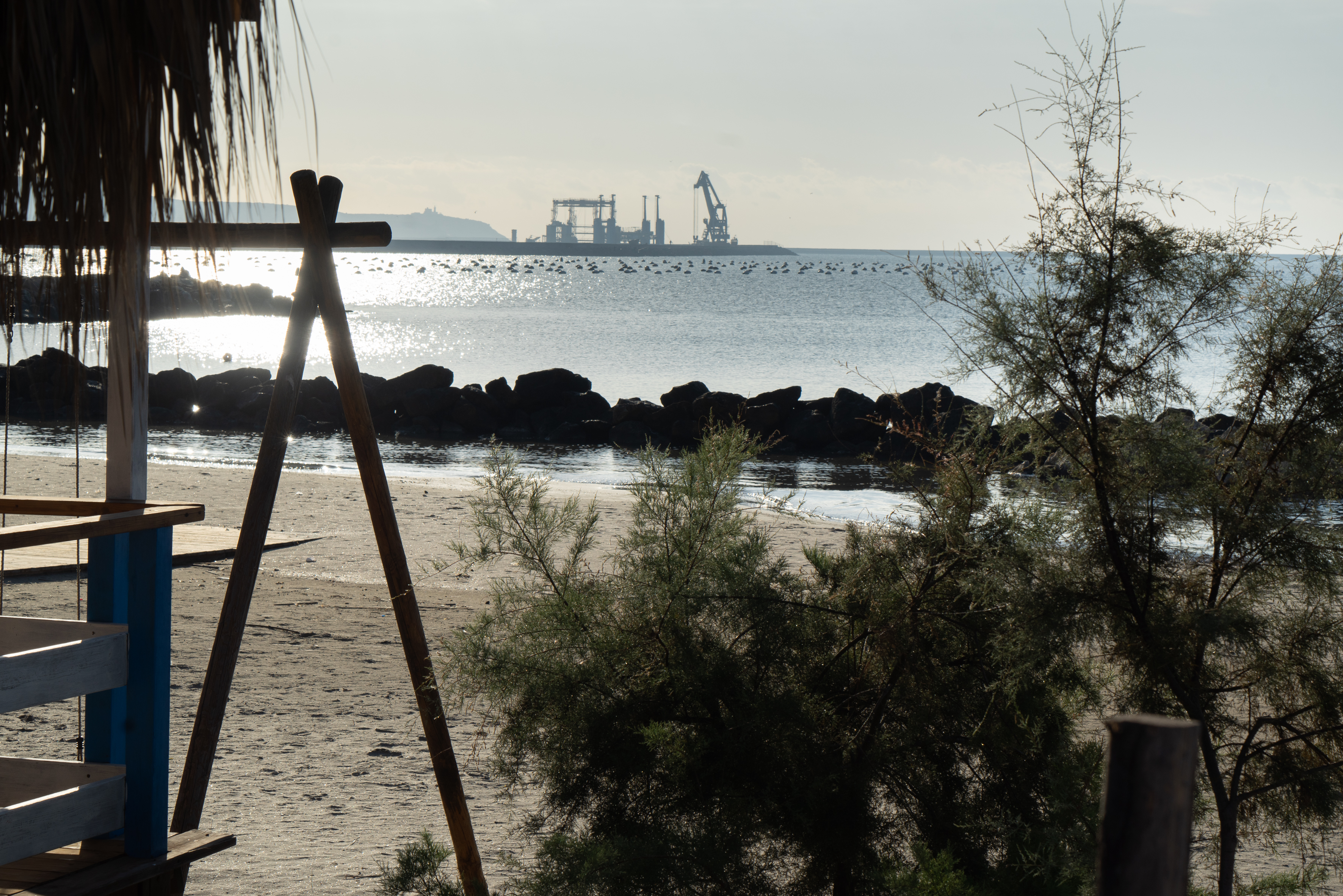
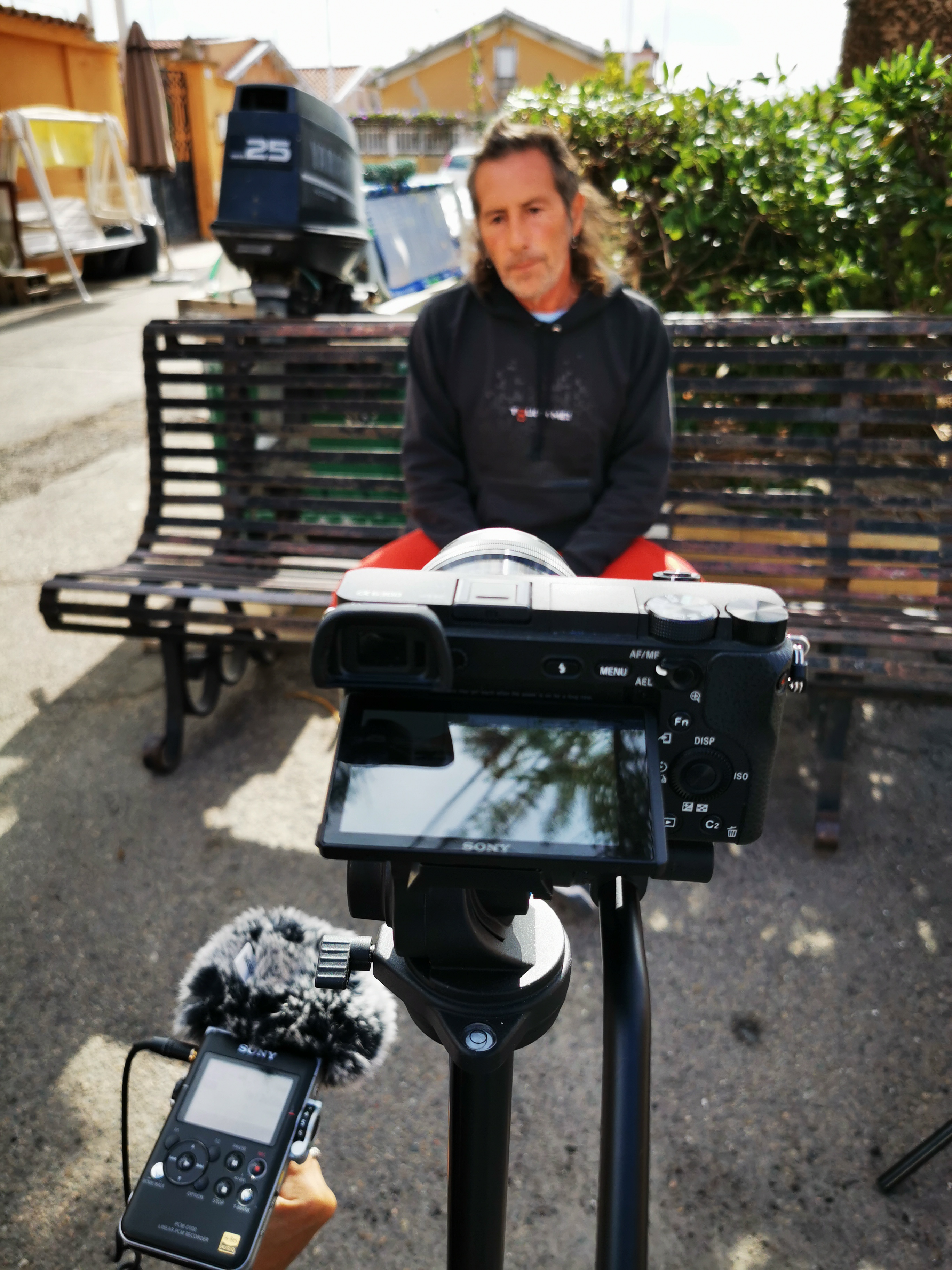
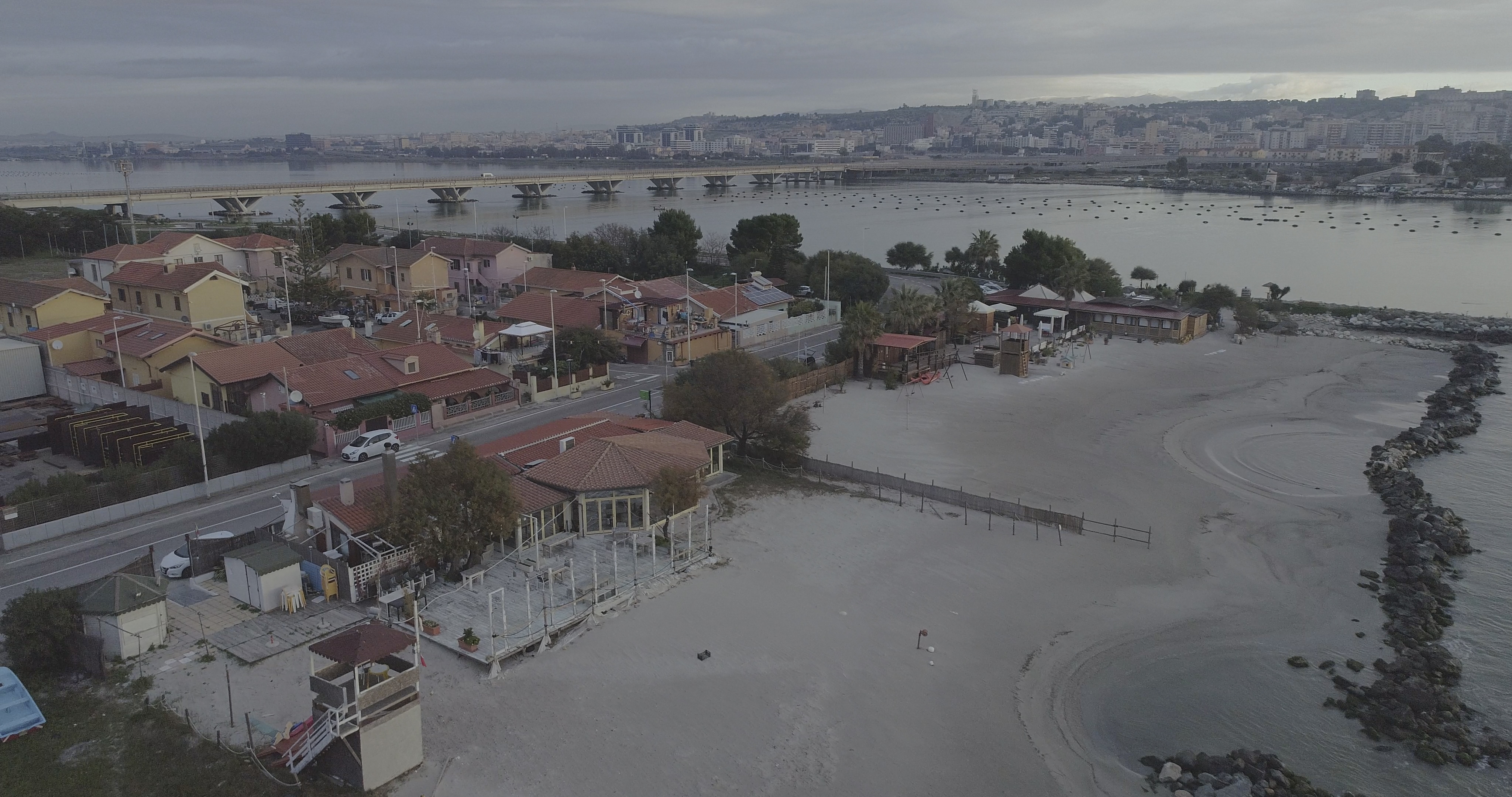
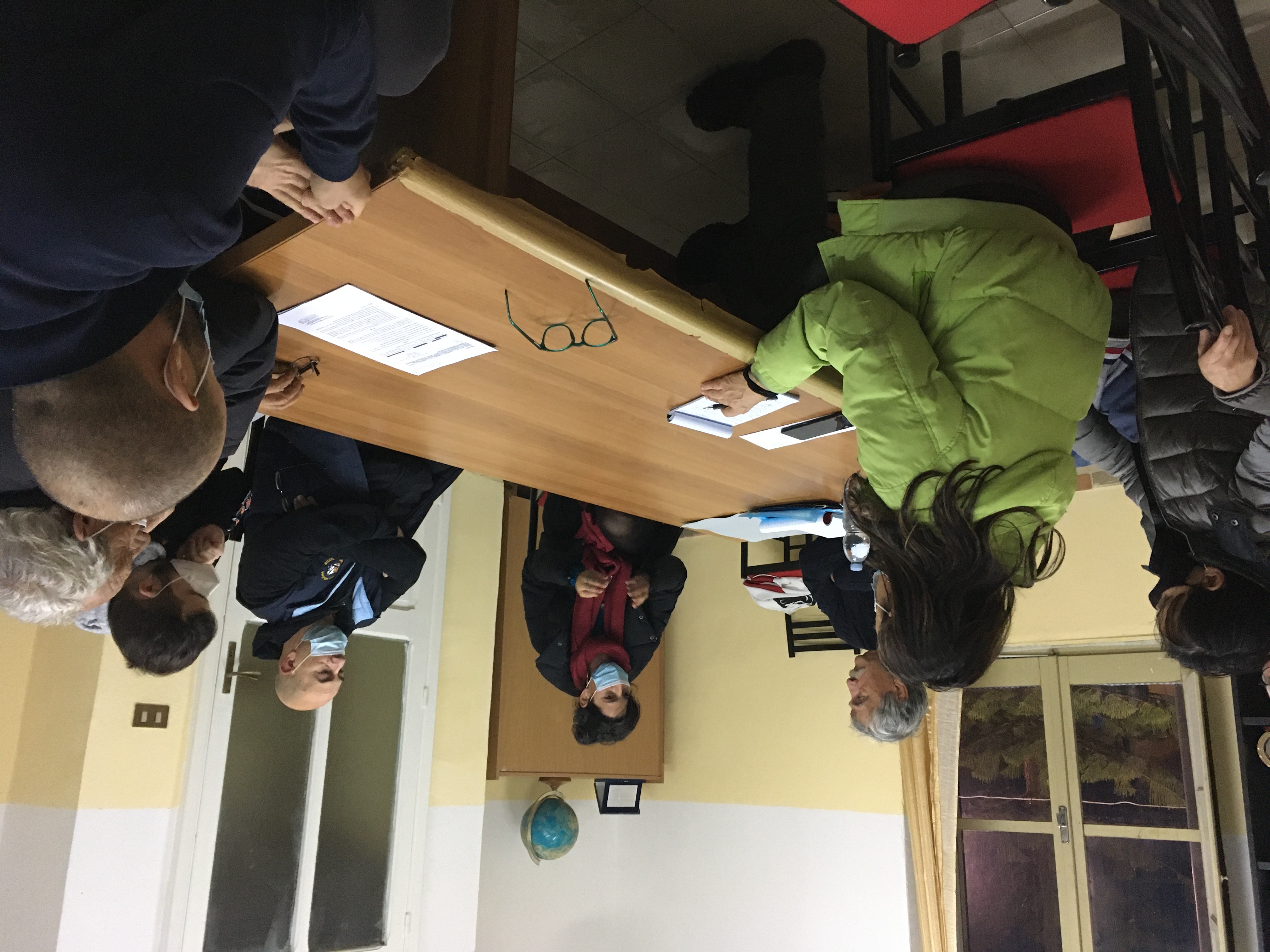
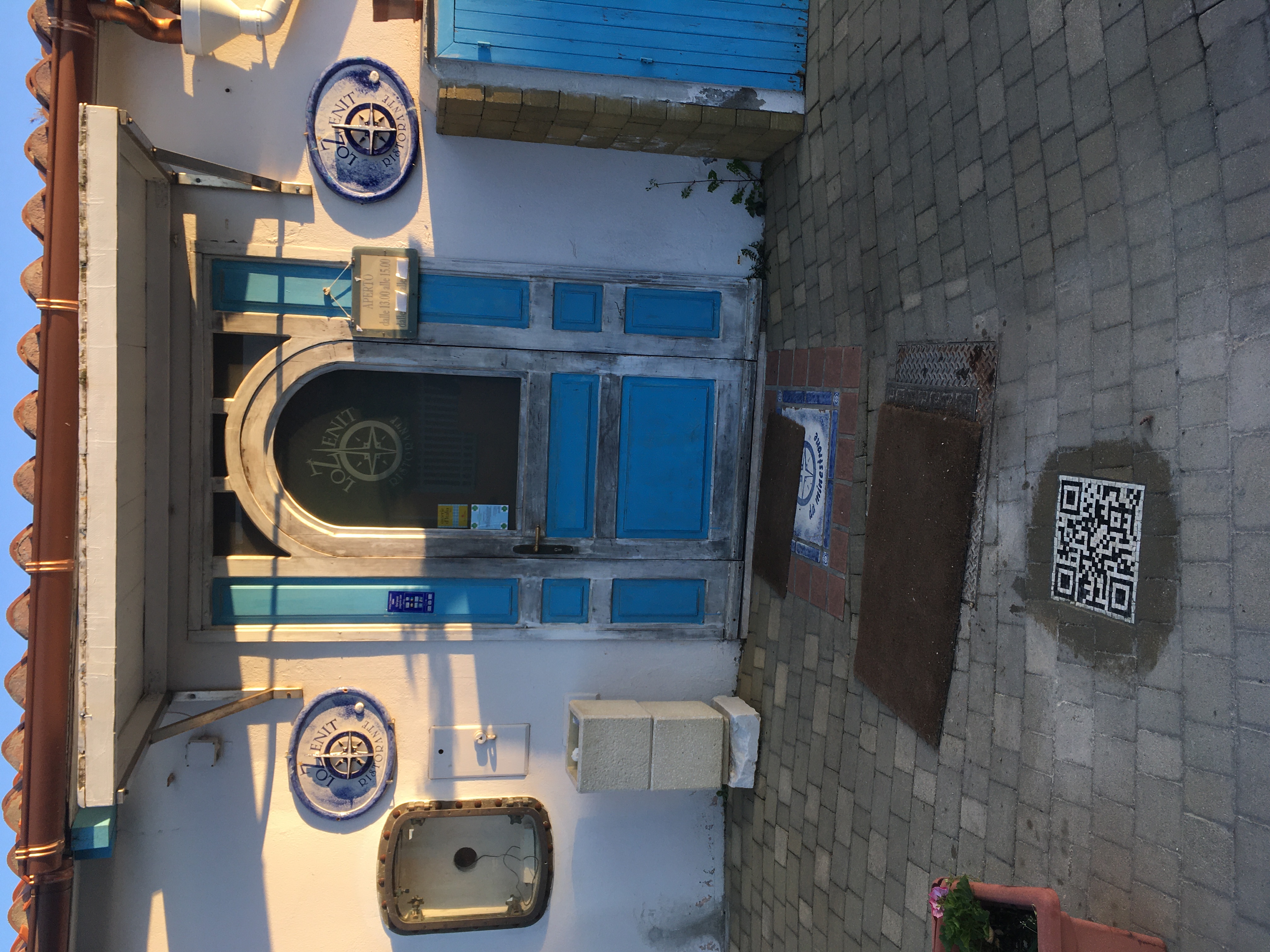
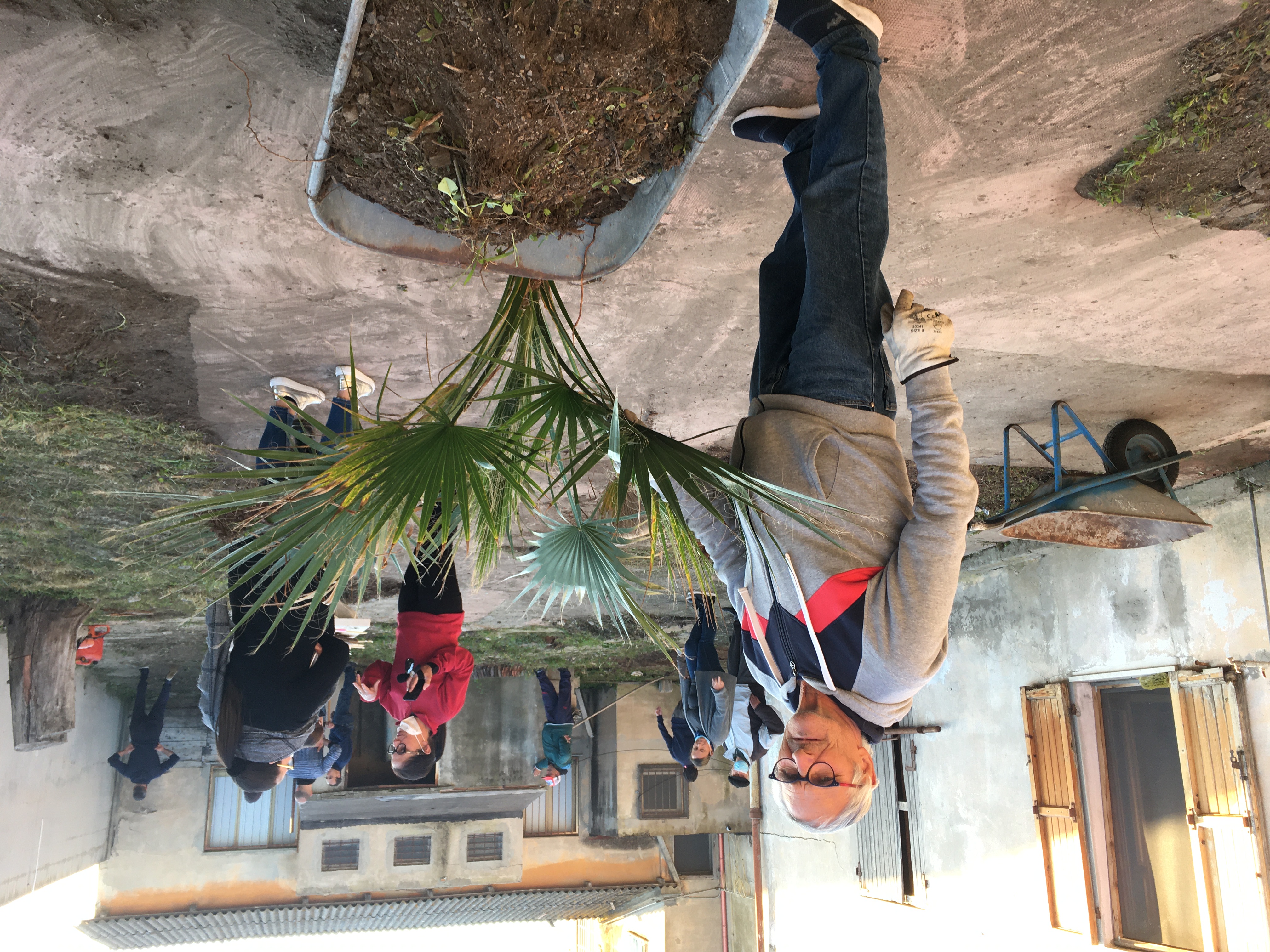
@RIVERRUN HUB of cultural innovation, 2021
Content licensed to the European Union.